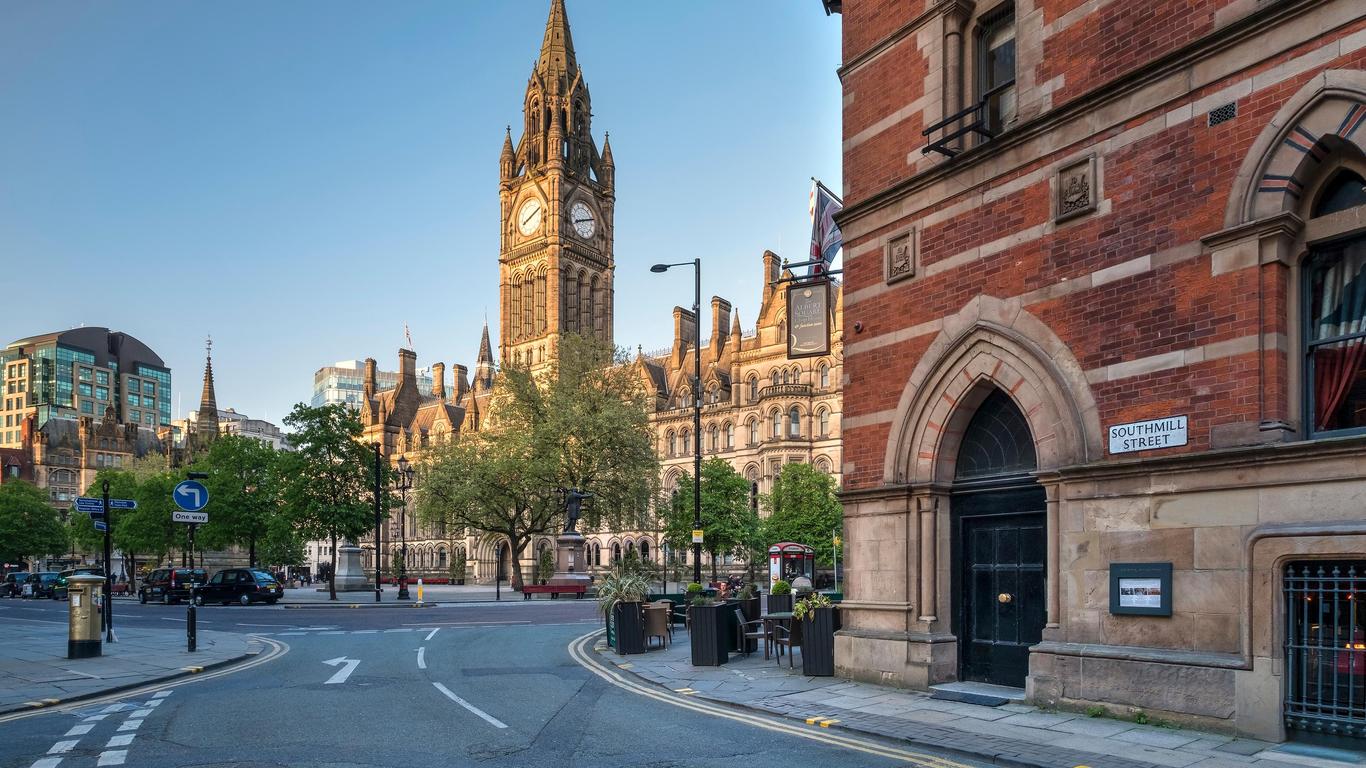Located in the north-west of England, UK, Manchester city centre is the principal hub of the Greater Manchester area and is a core district for business, shopping, transport, entertainment, tourism, arts, and culture. Different areas divide the city, including a business district, a Chinatown and an especially impressive retail district, which makes up the main economy of the city. The centre is home to over 17,000 people and defines itself by the boundary of the River Irwell that runs through the city of Manchester.
Castlefield is a favourite area of Manchester city centre, with a range of attractions, including beautiful Victorian architecture, endless old canals and a restored Roman Fort, in addition to a contemporary art gallery. For more culture, visitors can explore the Museum of Science and Industry, located on the land of the oldest railroad station in the world, which exhibits powerful machines dating back to the industrial revolution. Manchester city centre is full of striking Gothic architecture, including the cathedral and the town hall, which also act as spaces for performing arts and music recitals. The Chinatown in the city centre is one of the most extensive in Britain, saturated in colour and culture, with intricately decorated buildings and archways, as well as some of the best cuisine in the city.
Manchester has excellent train links that connect the city with the rest of the country, and visitors can easily reach the centre by travelling to the largest station, Piccadilly, although there are also others nearby. The Metrolink is a tram service inside the city centre, which has services to Manchester Airport, in addition to many local buses that operate in the area, from the Piccadilly Gardens coach station.
The origins of Manchester city centre began as a Roman Fort established in AD 79 on the banks of the River Irwell, as a strong defensive location, and became an official township in the Middle Ages. It played a key role in the Industrial Revolution, and became a city central to the global cotton trade, developing a valuable reputation in the Victorian era. After industry fell into decline and the city was bombed in WWII, the economy of the city centre weakened and now depends on business and retail.





